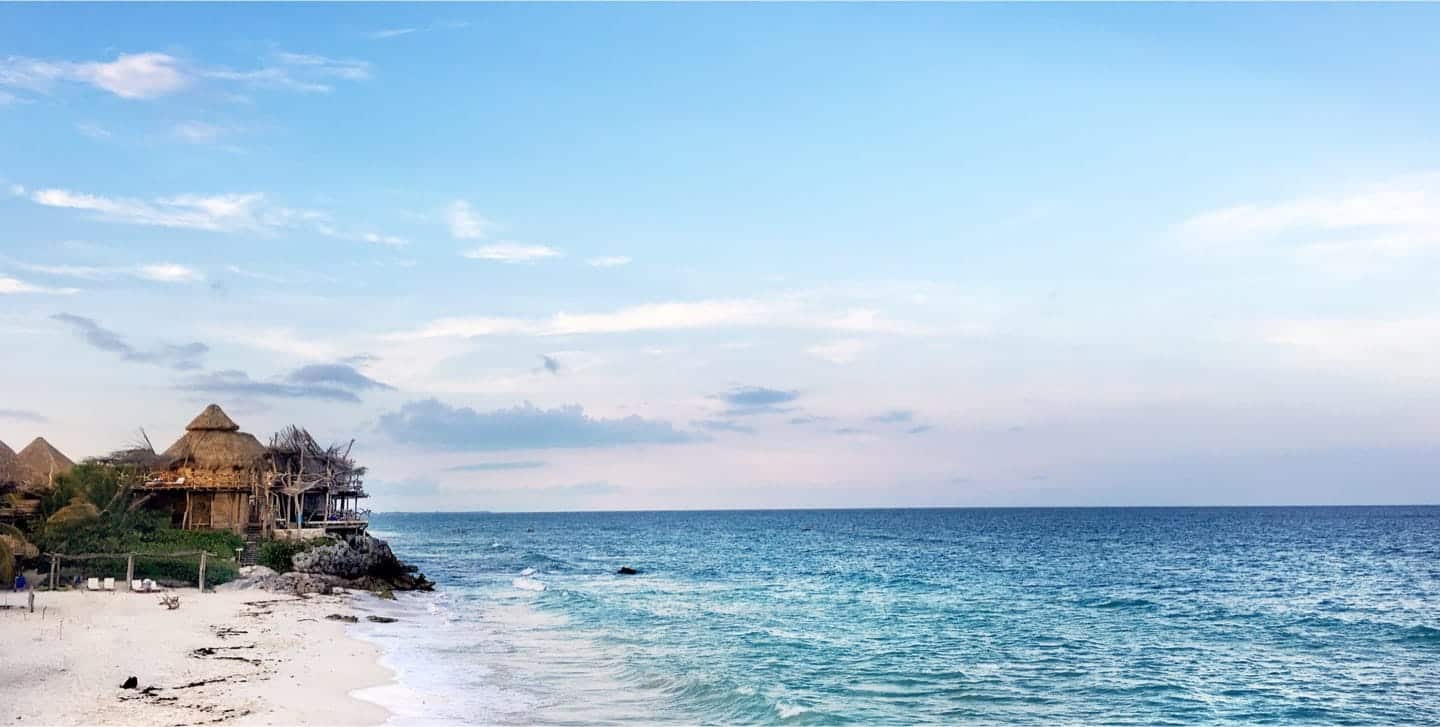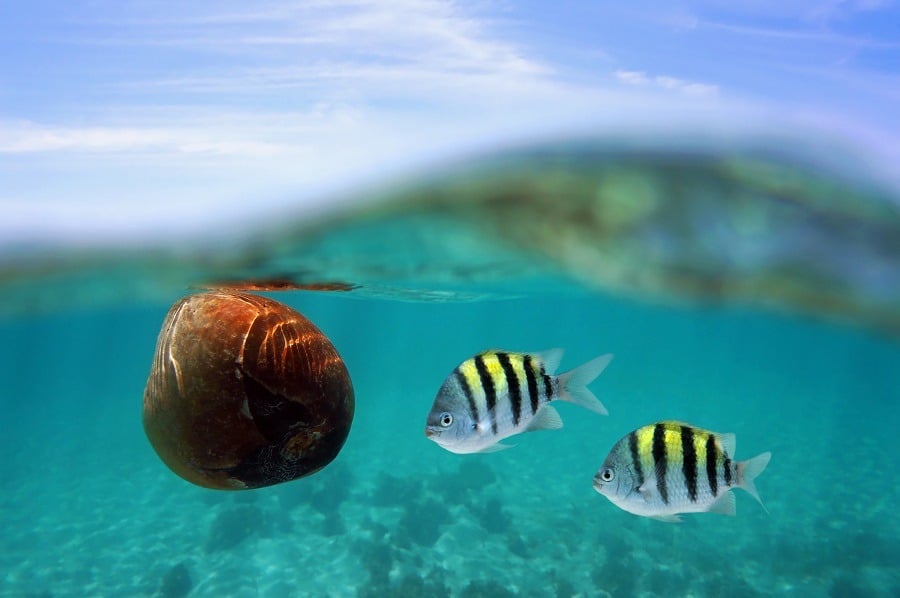
The largest single island in the Caribbean, there are said to be some four thousand Cayos in Cuba, strung out along both its north and south coasts.
Now, we’re not about to review each and every one of them so what follows should be taken as a broad guide, both in terms of what to expect from Cuba’s Cayos in general as well as a summary of the key Cayos.
Cayos of Cuba – An overview
Having been involved with Cuba holidays since the mid 1990s, one of the many things we have learned is that few first time visitors to the country know what to expect from its Cayos.
After all, Cuba is hardly unique in offering the holiday island experience. Across the world, from Mauritius to the Maldives, Belize to Bali, Thailand to Tahiti and so on, there are hundreds if not thousands of very different island experiences to be had.
So what can one expect from Cuba and its Cayos?
The Cayos of Cuba are remarkably similar
From the point of view of climate, topography and vegetation, the Cayos of Cuba are all relatively similar. Almost without fail they enjoy very similar weather patterns, are almost entirely pan flat and devoid of significant vegetation. So, if you’re expecting the lush rice paddies of Bali or the towering Pitons of St Lucia, look elsewhere.
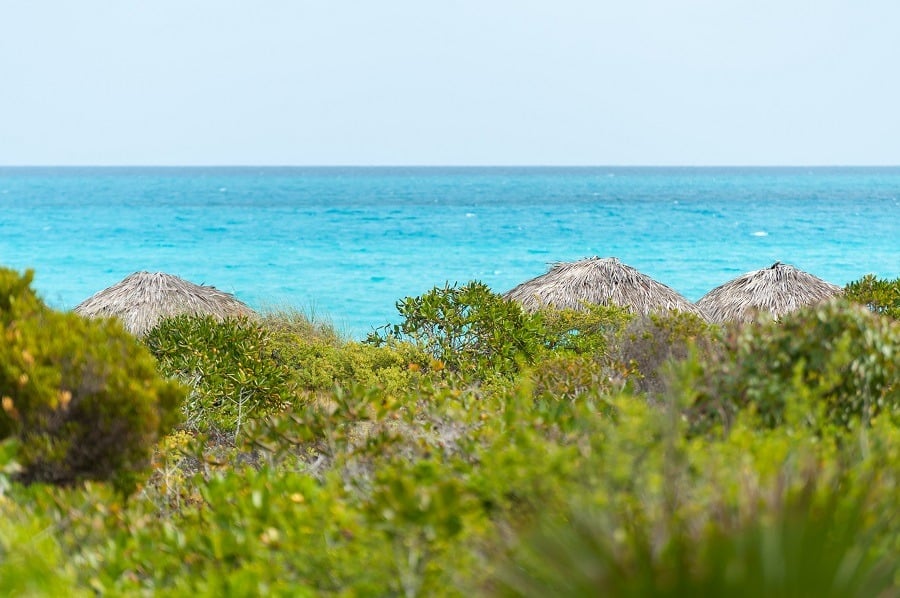
Towns & Villages of Cuba’s Cayos
With the sole, somewhat scratchy exception of the Isla de la Juventud, none of the islands surrounding Cuba feature any towns, villages or anything resembling local life. So, if you’re looking for history and sightseeing as well as options to shop, drink and eat away from your hotel, you aren’t going to find anything on Cuba’s Cayos.
Indeed, if you wish to stay at the beach while at the same time experiencing ‘the real Cuba’, the only place one can do this is in Trinidad (pictured below, which we highly recommend by the way).
The only slight exception to this rule relates to the Cayos de Villa Clara. Although there are no towns or sights on the islands themselves, the towns of Caibarien, Remedios & Santa Clara on the mainland are just about within reach and make for an enjoyable day out (or can be combined as part of a Cuba multi centre holiday).
Until fairly recently, almost all Cuba’s Cayos were entirely uninhabited and undeveloped and it is only in recent years that they have begun to open up to tourism. If you’re wondering where all the staff who work at the hotels come from, well, they live on the mainland and are bussed in and out every day.
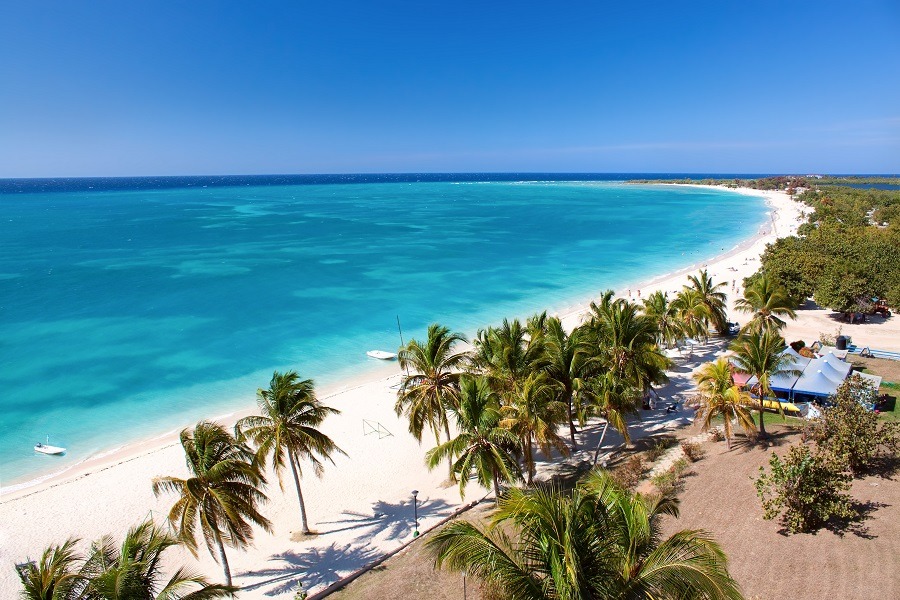
Cuba’s causeways or Pedraplens
If you’re now wondering how anyone can be ‘bussed’ from the mainland to an island, it’s because of the building of two vast causeways or ‘pedraplens’ that link the two.
The first causeway to be built links the mainland of Cuba, near Ciego de Avila, to the islands of Cayo Coco and Cayo Guillermo, midway down Cuba’s north coast.
The second causeway links the mainland, near Caibarien, to the island of Cayo Las Brujas and thence onto Cayo Santa Maria, again on Cuba’s north coast.
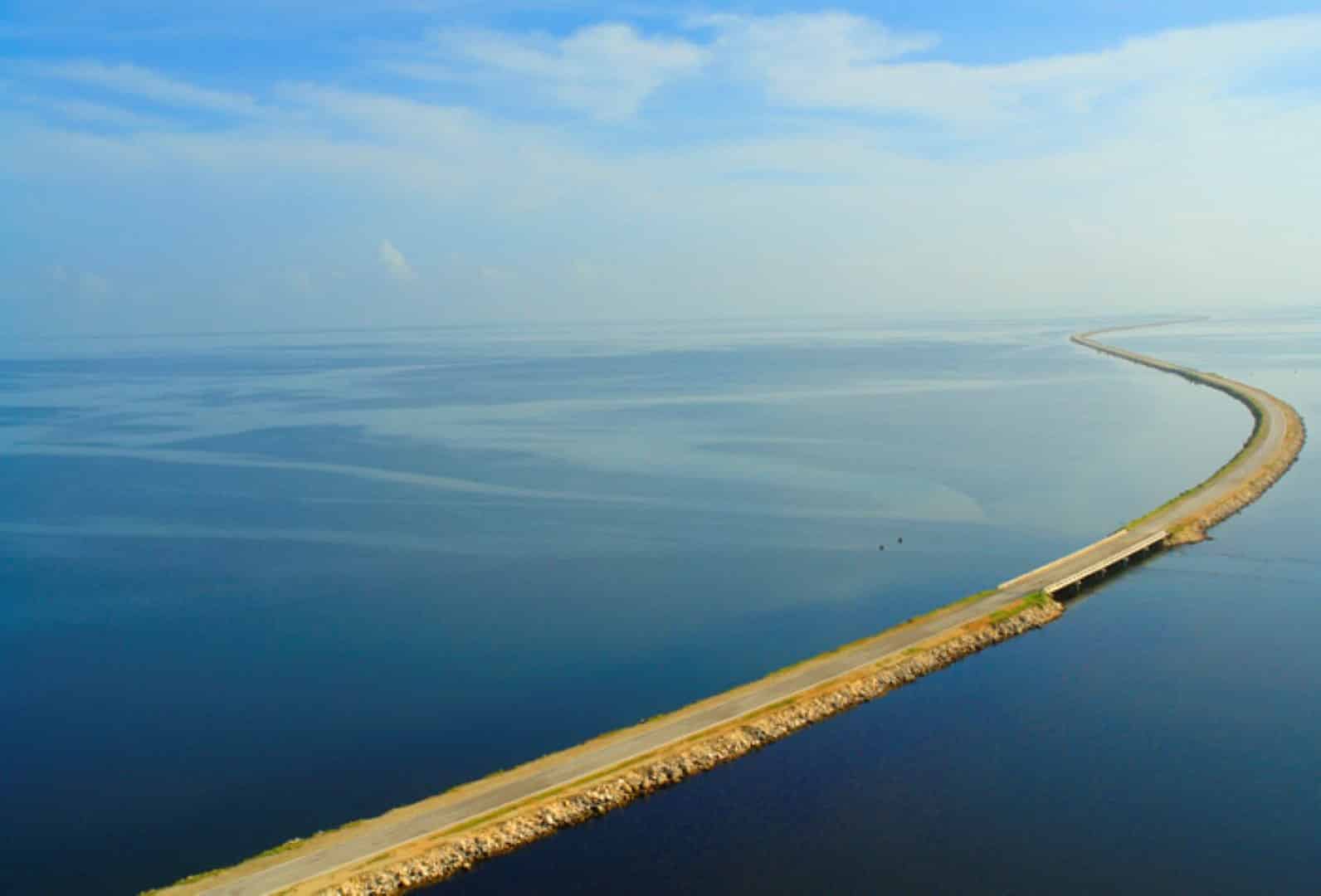
What’s in a name?
While each and every Cayo in Cuba is individually named, visitors may also need to get to grips with the names given to the archipelagos within which these individual Cayos are located.
So, for example, the Jardines Del Rey (Gardens of the King) is the name of the archipelago off the central northern coast of Cuba that includes the likes of Cayo Coco, Cayo Guillermo, Cayo Romano and Cayo Sabinal. In turn, the Jardines Del Rey is also part of the Sabana Camaguey Archipelago that stretches for over 100 miles.
Also off Cuba’s north coast, this time in the far west, is the Colorados Archipelago, a cluster of much smaller Cayos. Cayo Levisa is the only island with tourist accommodation while Cayo Jutias (below) is joined to the mainland by a short causeway and is a popular day trip from Vinales.
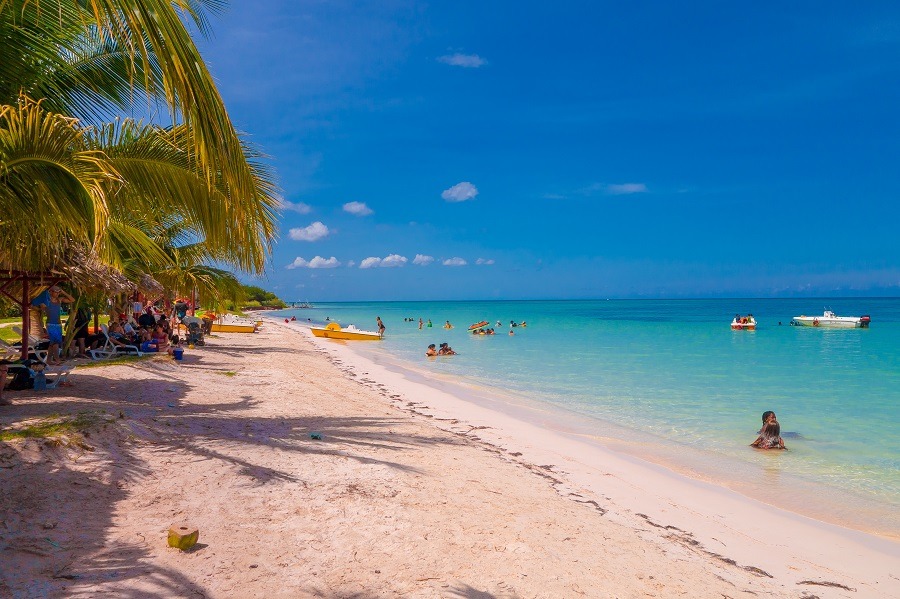
Running parallel to Cuba’s south coast, roughly midway down the island, are the Jardines de la Reina (Gardens of the Queen) which include the likes of Cayo Grande & Cayo Caballones. However, none of these islands is connected to the mainland, nor have any yet been developed for tourism.
Also located off the south coast, this time to the west, is the Canarreos Archipelago. This collection of Cayos includes by far the largest of Cuba’s islands, Isla de la Juventud, as well as the popular island resort of Cayo Largo, said to have the finest sand in Cuba.
Just to add a bit more confusion to the mix, some of the Cayos within the Jardines Del Rey are also collectively known as Cayos de Villa Clara. This title is more of a practical name used to refer to those islands (all developed for tourism) that fall within Villa Clara province, including Cayo Las Brujas, Cayo Ensenachos and Cayo Santa Maria (below).
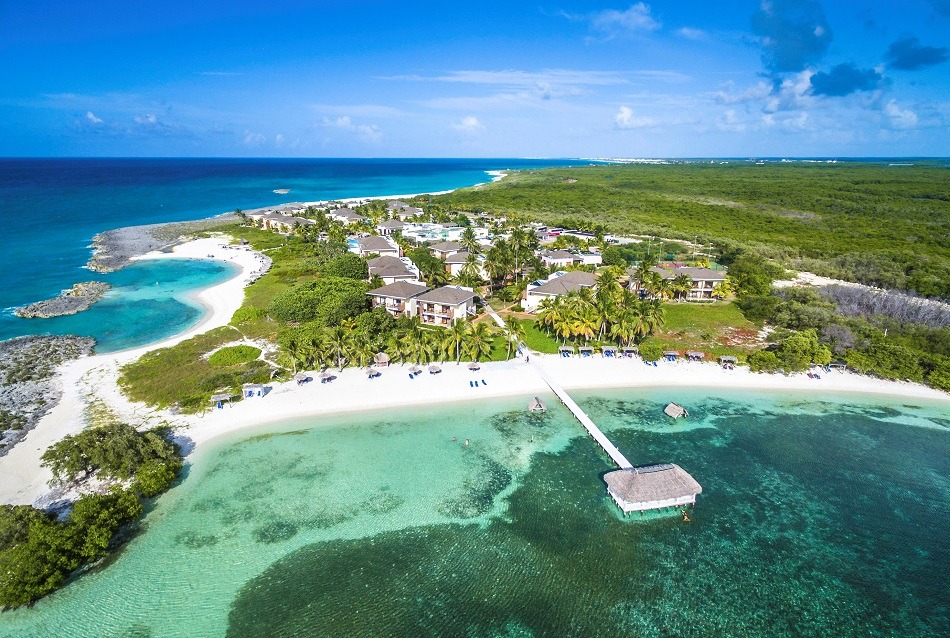
Cayo Las Brujas
Part of the Cayos de Villa Clara, Cayo Las Brujas is the first island that one comes to when driving along the causeway from the mainland.
In a previous feature, we wrote about the changes that the island has seen in the last twenty years, from once being home to a tiny airport and equally small hotel, to now playing host to a couple of thousand hotel rooms.
Cayo Ensenachos
After Las Brujas, the next island that one comes to is Caye Ensenachos, home to just the single hotel as well as one of the best beaches that we know of anywhere in Cuba.
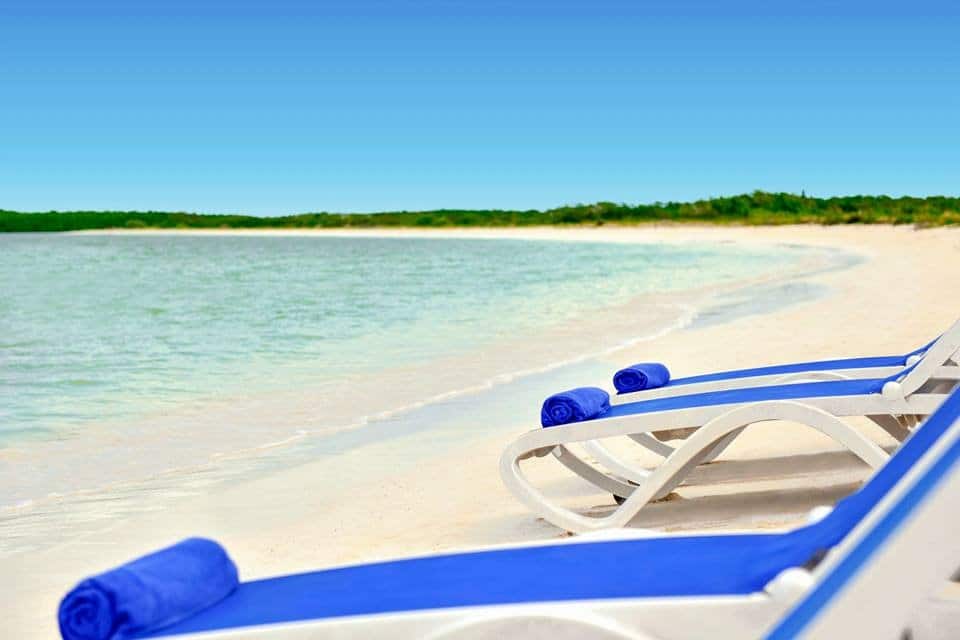
Cayo Santa Maria
The last of the three, developed islands within the Cayos de Villa Clara is Cayo Santa Maria. From just a solitary hotel (the somewhat dated Sol Cayo Santa Maria), there are now over a dozen hotels on the island and over six thousand rooms.
Some of these hotels feature one thousand rooms each which, in our opinion, somewhat detracts from the island’s image as a tropical get-away.
However, and excuse the contradiction, Cayo Santa Maria is also home to Cuba’s two smallest All Inclusive hotels (both Adults Only), the Melia Buenavista (pictured below) & Royalton Cayo Santa Maria.
The three islands of the Cayos de Villa Clara are approximately five hours’ drive from both Havana and Trinidad (the three, combined, make for a popular Cuba multi centre holiday). There are also scheduled flights to Havana but these don’t always operate as planned.
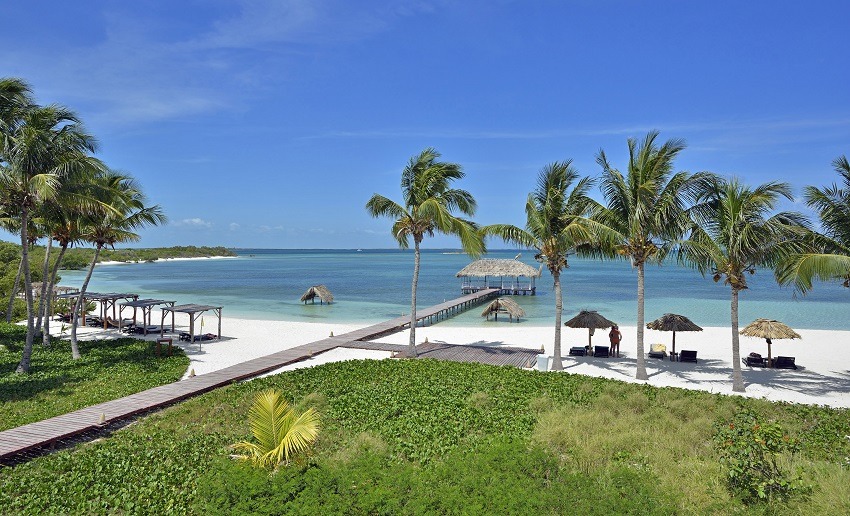
Cayo Coco
The first island to be joined to the mainland by a causeway, Cayo Coco is a relatively large island and is now home to over a dozen All Inclusive hotels.
Charter flights from Europe & Canada fly directly into Cayo Coco and although there are supposedly domestic flights to and from Havana, they are somewhat unreliable. With Havana being a good ten hours’ drive by road, and with nothing of great interest for, well, a very long way in every direction, we generally recommend against trying to incorporate Cayo Coco into a tailor made holiday of Cuba.
If you are still determined to spend time on the island, the best hotel is the Melia Cayo Coco (pictured below).
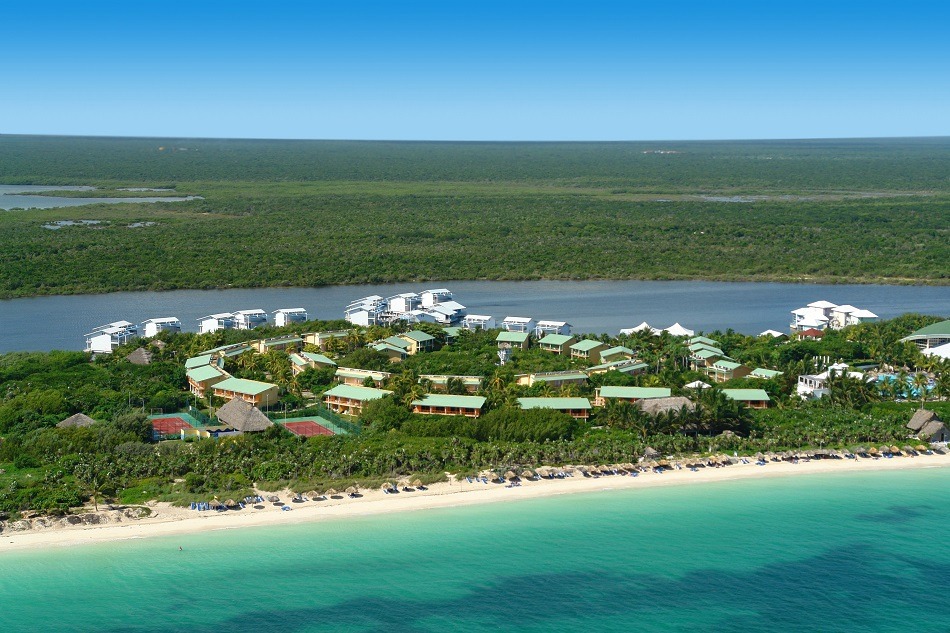
Cayo Guillermo
Next door to Cayo Coco is the far smaller, less built up and altogether more pleasing Cayo Guillermo.
While it faces the same issues as Cayo Coco, ie its relative remoteness and lack of things to see and do away from the beach, it is also, rather oddly, home to perhaps the most luxurious beach hotel in Cuba, the Cayo Guillermo Resort by Kempinski.
Cayo Largo
While Cuba itself is considered as a Caribbean holiday destination, the vast majority of its beach resorts are actually located along its northern, Atlantic coast.
Cayo Largo, on the other hand, is located to the south of the mainland, within the Caribbean, and is the only Cuban Cayo within the Caribbean that has been developed for tourism (the town and beach at Trinidad are also located on the Caribbean).
In keeping with the typical, idealised vision of the Caribbean, it is widely agreed that the beaches on Cayo Largo enjoy the finest sand anywhere in Cuba, especially Playa Paraiso & Playa Sirena.
Only accessible by air from Havana, Cayo Largo’s hotels are located along the island’s south coast. The best of these hotels, in our opinion, is the Sol Cayo Largo.
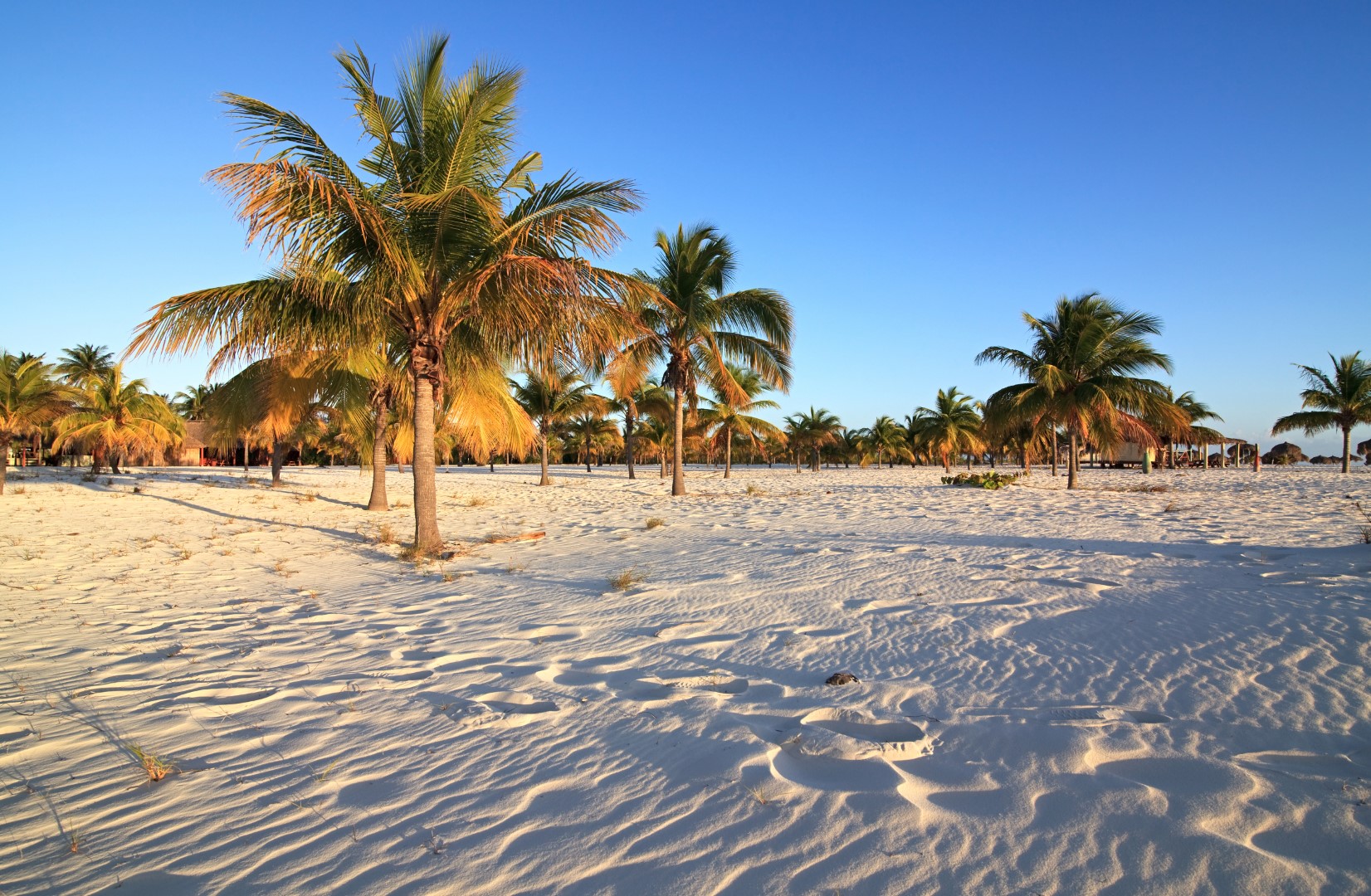
Isla de la Juventud
Known as Isla de Pinos until 1978, Isla de la Juventud is the largest of Cuba’s islands as well as being the seventh largest island in the entire Caribbean. It is also the only island in Cuba with a permanent population.
Although Isla de la Juventud does have a number of half-decent beaches, and opportunities for diving, the central government doesn’t seem interested in developing the island’s tourist potential and, as such, accommodation options are very limited both in terms of quantity and quality.
There are occasional ferries to the island but, for tourists, the only practical option is to fly from Havana.
Cayo Levisa
We don’t have any official figures, but would estimate that some 97% of the available rooms at Cuba’s beaches comprise of All Inclusive, resort-style hotels.
So, if you want to spend time at the beach in Cuba, but don’t want an All Inclusive hotel and don’t want to go somewhere built up (ie Varadero), where do you go? The answer is Cayo Levisa.
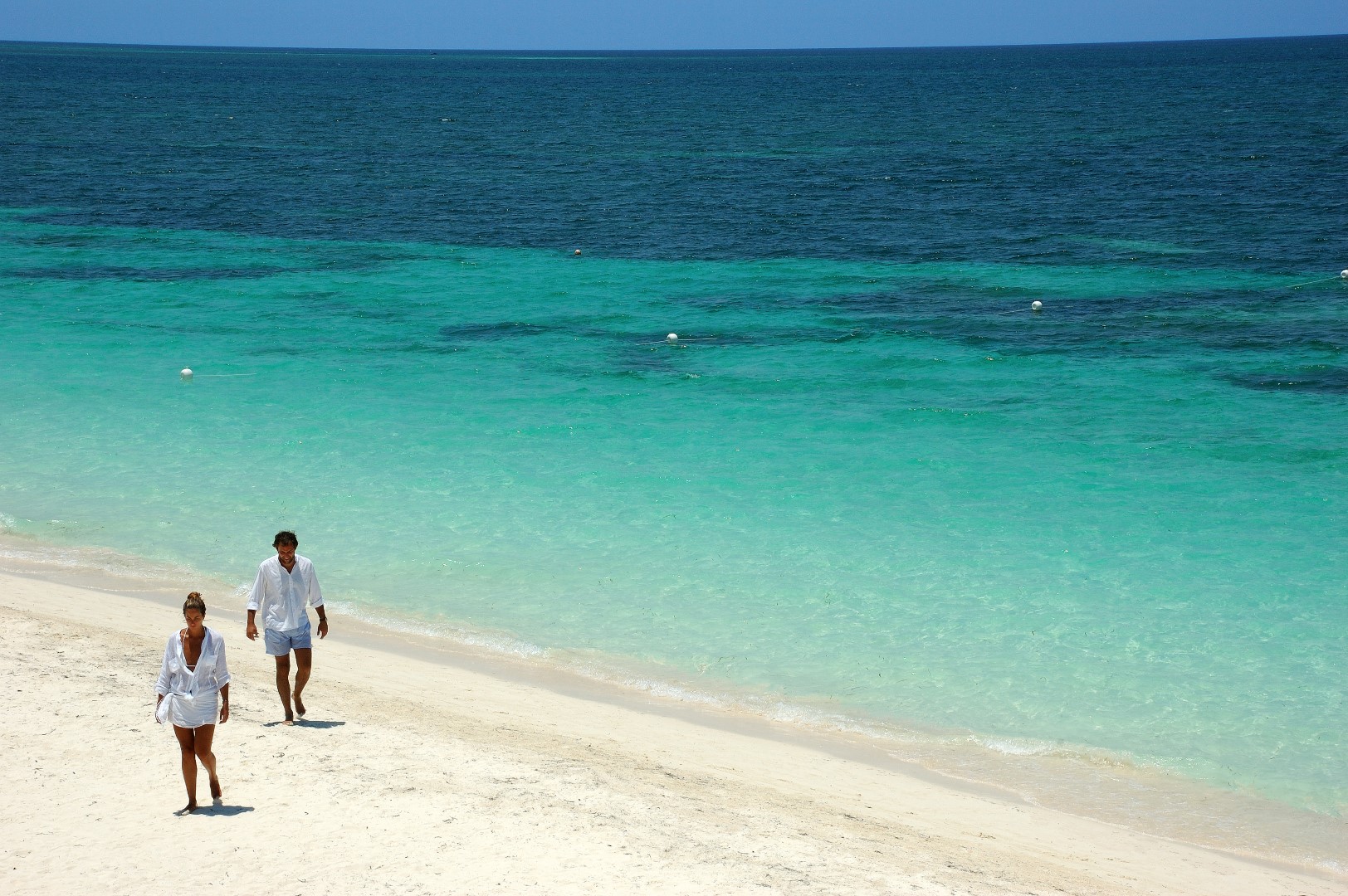
Cayo Jutias
Further west along the coast from Cayo Levisa, the only other island developed for tourism in the far west of Cuba is Cayo Jutias.
Unlike Cayo Levisa however, there are currently no hotels on or near Cayo Jutias, a popular day trip destination for visitors enjoying the natural beauty of Vinales, some 65kms to the south.
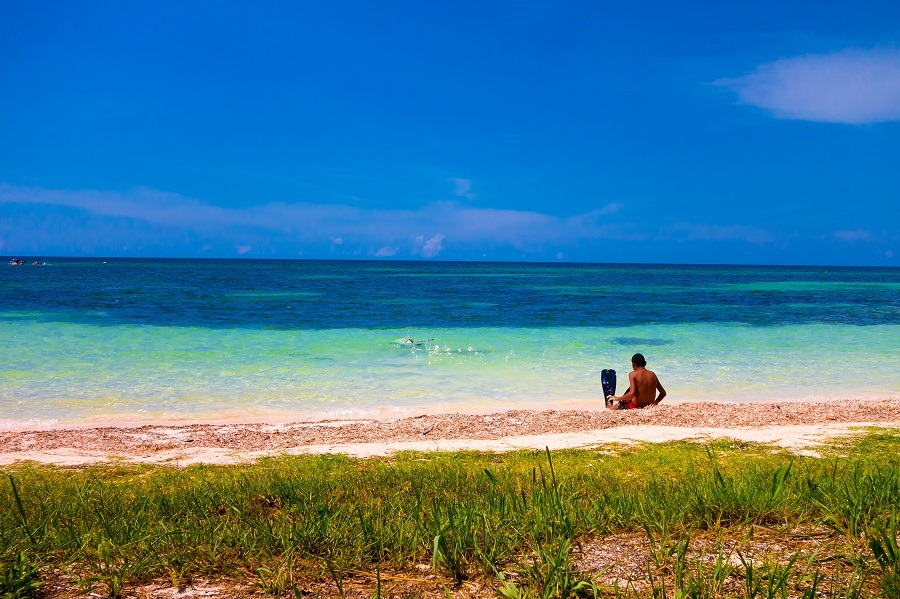
Cayo Buba
This small island is located at the eastern tip of Varadero and is connected to the peninsula by a short causeway.
A new, luxury hotel is set to open in 2021 and, although there have been rumours / suggestions that it will be a Banyan Tree property, nothing has been confirmed yet. If this does turn out to be the case then it will surely become the most luxurious beach hotel in Cuba.
Cayo Esquivel
Located off Cuba’s north coast, broadly in a line with newly ‘discovered’ Sagua La Grande, Cayo Esquivel is also tipped as Cuba’s next luxury, island destination although, as far as we are aware, work has yet to begin.


